Timing for Tree Canopy Thinnings
Tree canopy thinnings are best performed during specific periods to ensure healthy growth and optimal resource allocation. Proper timing can influence tree vigor, forest health, and future timber quality. Understanding seasonal and developmental stages helps determine the most advantageous times for thinning activities.
Late winter to early spring is generally ideal for canopy thinnings, as trees are dormant and less vulnerable to stress.
Thinning is most effective when trees reach a certain height and crown development, typically after the initial establishment phase.
Dry, mild weather periods reduce the risk of disease spread and soil disturbance during thinning operations.
Timing also depends on objectives such as timber production, habitat management, or risk reduction.
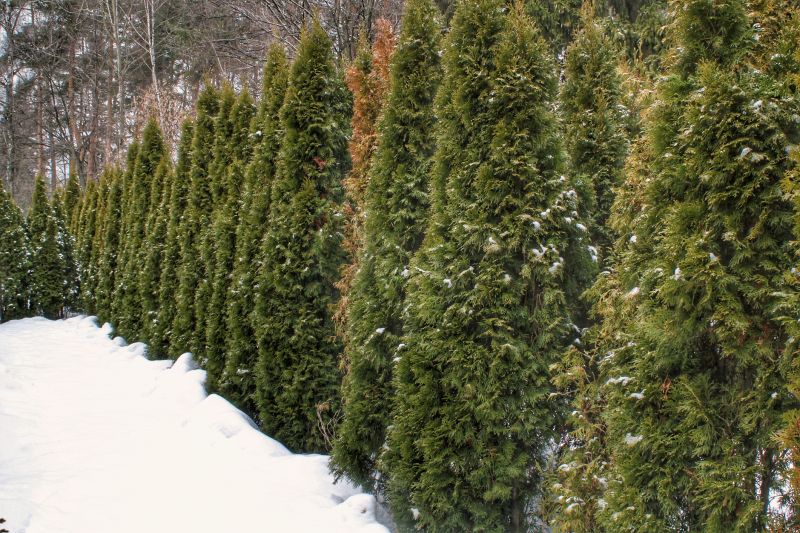
Ways to make Tree Canopy Thinnings work in tight or awkward layouts.

Popular materials for Tree Canopy Thinnings and why they hold up over time.
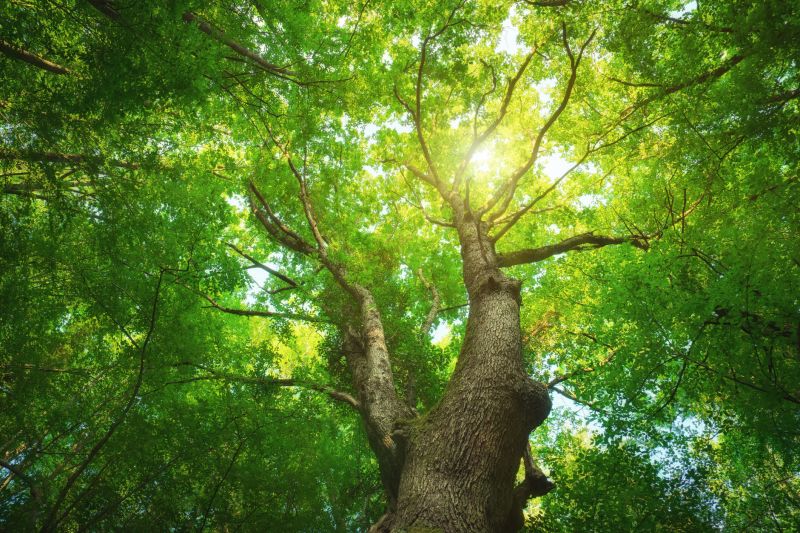
Simple add-ons that improve Tree Canopy Thinnings without blowing the budget.

High-end options that actually feel worth it for Tree Canopy Thinnings.
Tree canopy thinnings involve selectively removing trees to improve forest health, enhance growth of remaining trees, and reduce risk of disease or storm damage. Properly timed thinning can lead to increased timber quality, better stand structure, and improved access for management activities. It is a critical component of sustainable forest management practices, ensuring forest resilience and productivity over time.
| Timing Aspect | Details |
|---|---|
| Dormant Season | Late winter to early spring, when trees are leafless and less stressed. |
| Post-Establishment | After initial seedling establishment, typically when trees reach a certain height. |
| Weather Conditions | Periods of dry, mild weather to minimize soil disturbance. |
| Growth Cycle | During active growth phases to support healthy crown development. |
| Wildlife Considerations | Outside critical breeding periods to avoid habitat disruption. |
| Management Goals | Aligned with timber production, risk management, or habitat objectives. |

Finishes and colors that play nicely with Tree Canopy Thinnings.

Little measurements that prevent headaches on Tree Canopy Thinnings day.
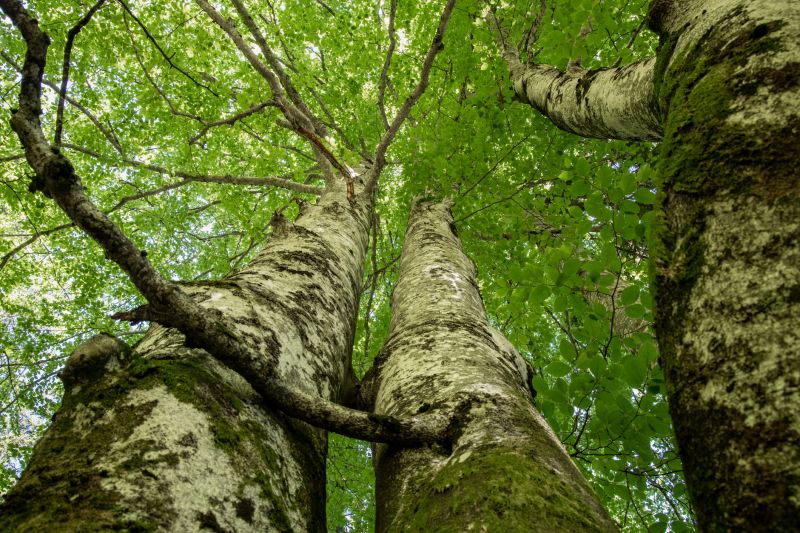
A 60-second routine that keeps Tree Canopy Thinnings looking new.
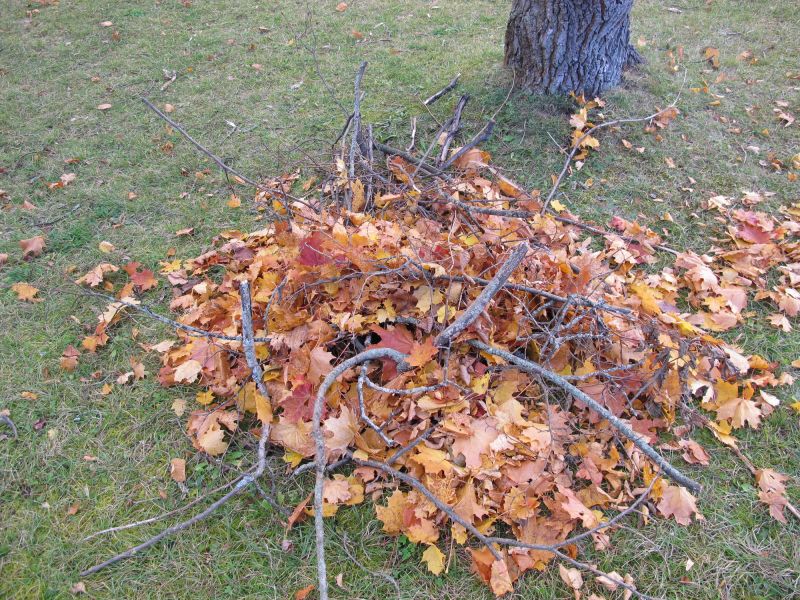
A frequent mistake in Tree Canopy Thinnings and how to dodge it.

Small tweaks to make Tree Canopy Thinnings safer and easier to use.

Lower-waste or water-saving choices for Tree Canopy Thinnings.
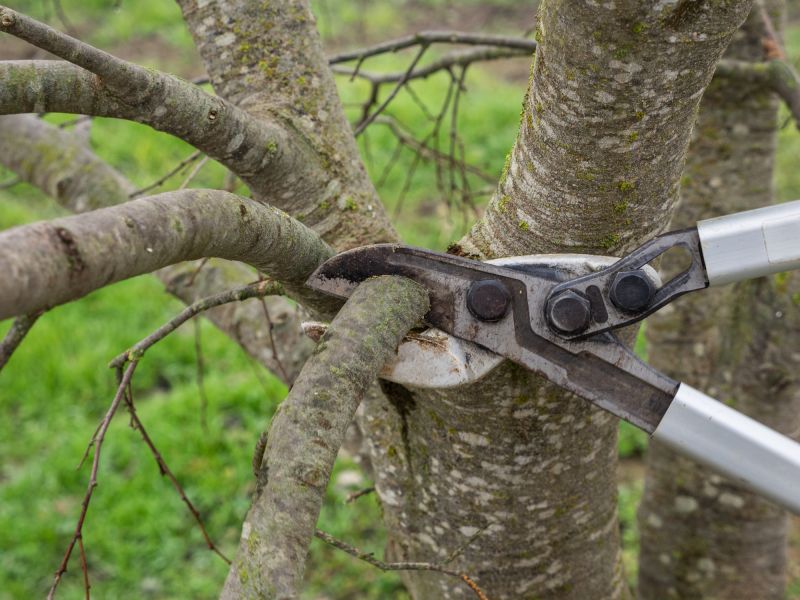
The short, realistic tool list for quality Tree Canopy Thinnings.

Rough timing from prep to clean-up for Tree Canopy Thinnings.
Choosing the appropriate timing for tree canopy thinnings supports forest management objectives, promotes healthy growth, and minimizes ecological disturbance. Careful planning based on seasonal conditions and forest development stages ensures that thinning activities are effective and sustainable.
Interested parties can contact for more information or to schedule a consultation regarding tree canopy thinning services. Filling out the contact form provides a direct way to initiate discussions tailored to specific forest management needs.
